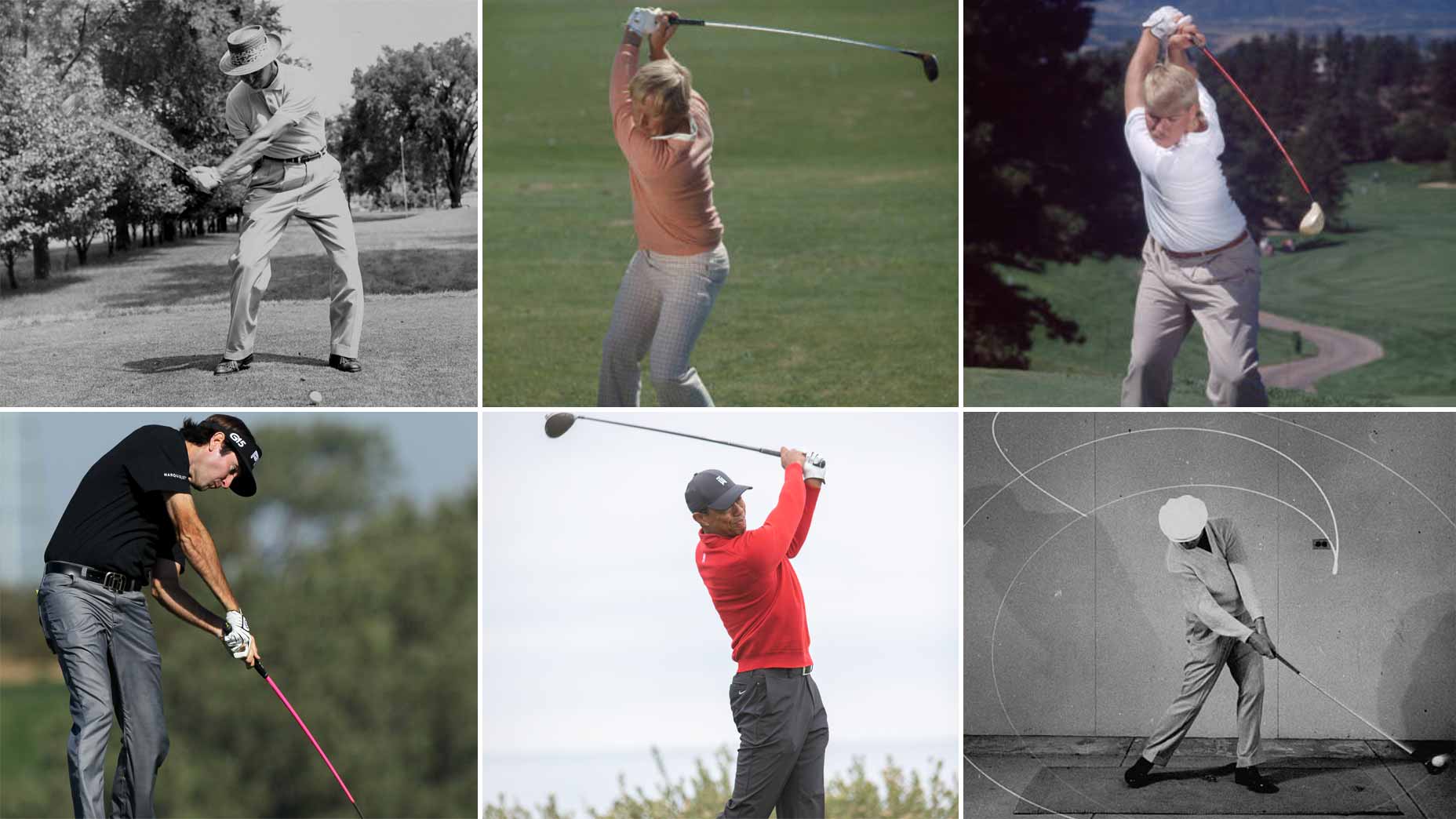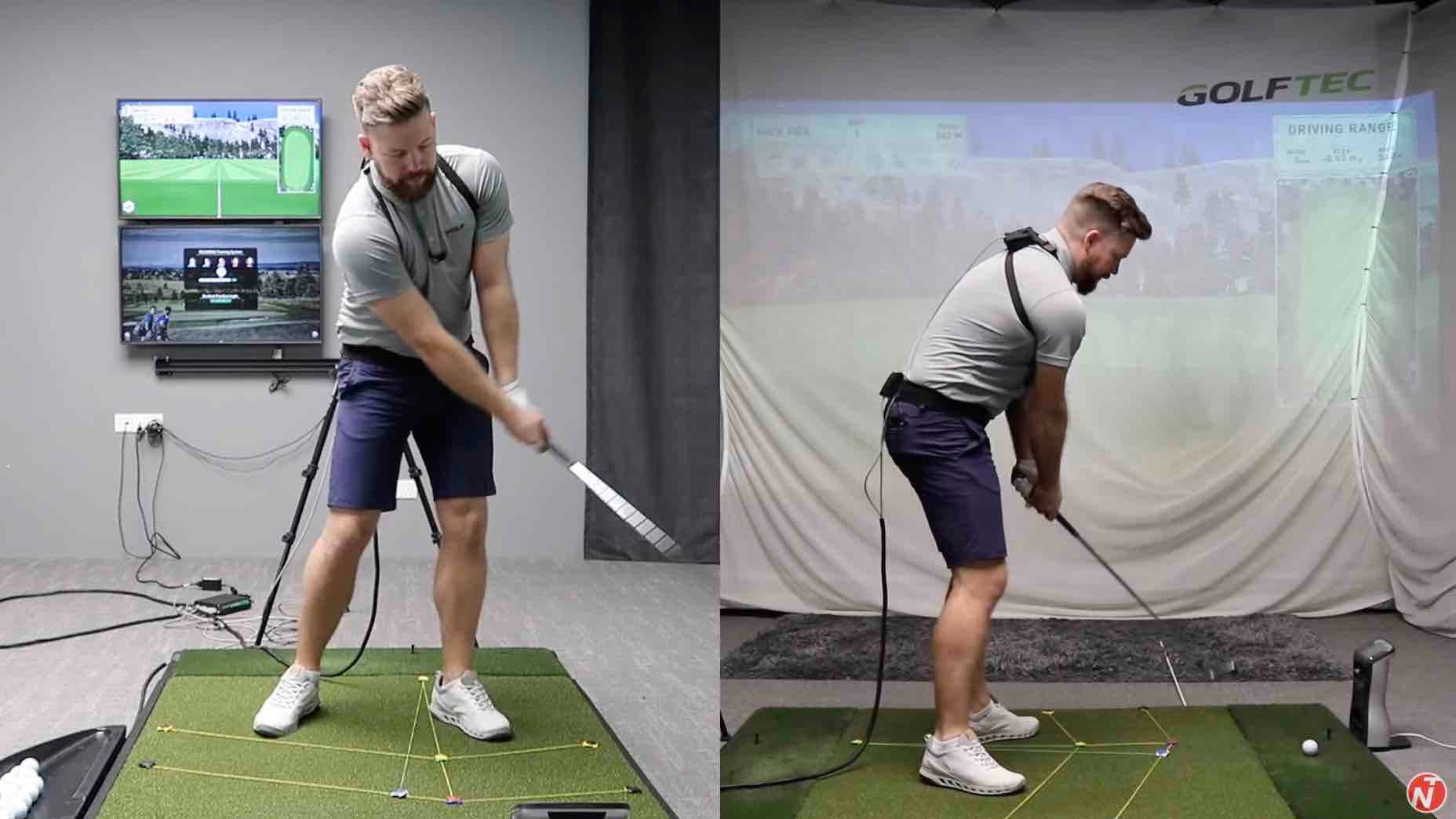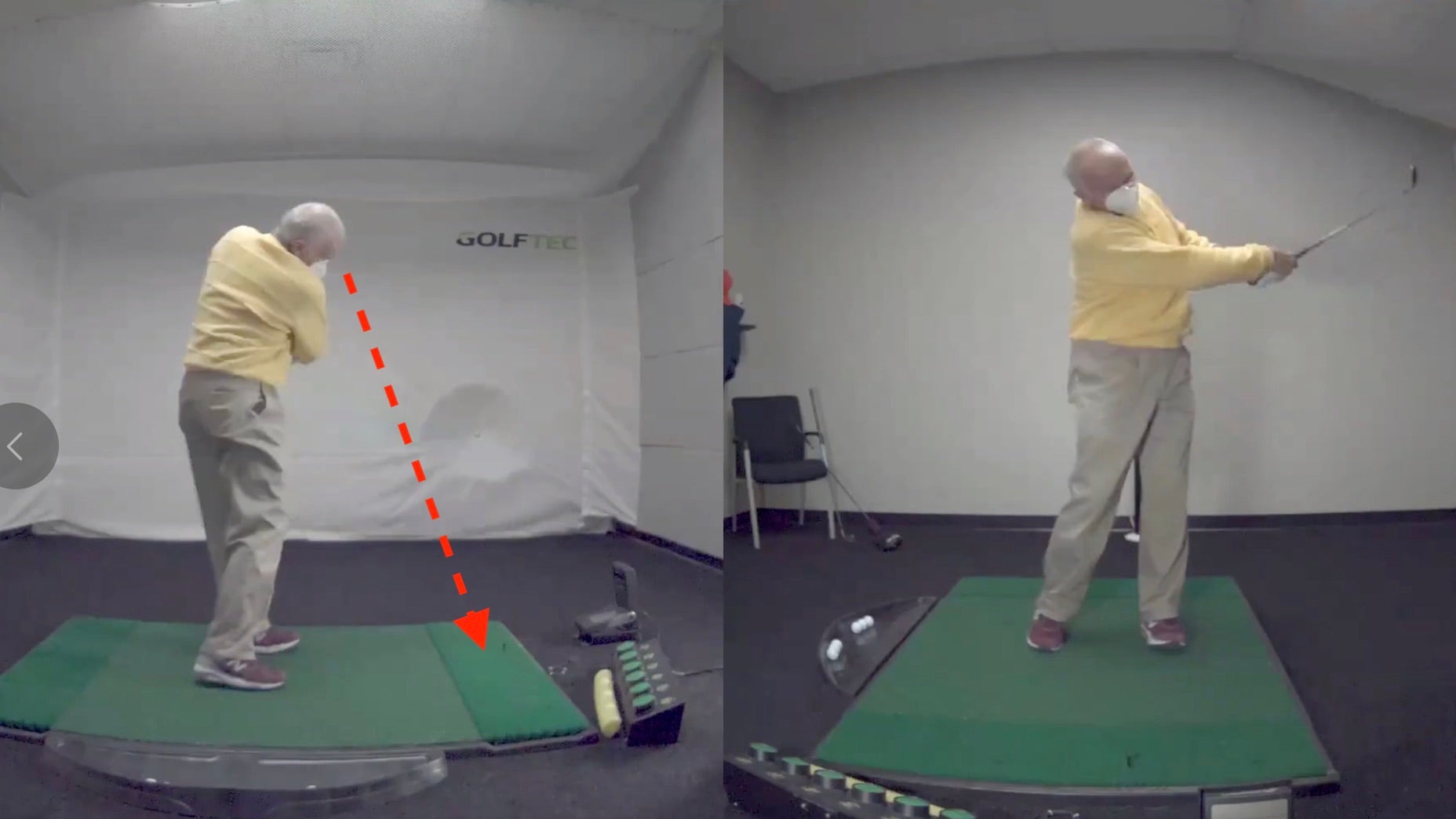A powerful golf swing is not based on gender. It’s based on good technique, skill, and work ethic. Traditionally, the women’s game has been more focused on precision, but with a new generation of athletes taking up the game, and better information out there, I firmly believe females can and will narrow the speed gap in golf.
Presli is a new student of mine, and a perfect example. She’s 16 years-old, 5’10”, plays volleyball and basketball in high school. She came to me with an 85 mph golf swing, and I could immediately tell she was leaving at least 20 miles per hour on the table. The LPGA tour average is about 93 miles per hour, but she could get over 100. Maybe even touching 110 mph.
When golfers think about gaining speed, they often think about speed training. However, that can be very dangerous because if you add speed to dysfunction you’re going to have more dysfunction, and probably get injured as a result.
To go fast, first you have to go slow. You have to train the correct movement patterns and sequencing. That’s why when I started out with Presli, during our first one-hour lesson, we didn’t hit one driver. We didn’t even hit a golf ball.
What we did instead is what performance scientists call deliberate practice. Short, intense, 15 to 20 minute sessions where we went really slow to make sure every movement of her swing was in alignment with what the best players in golf history do: Her left heel up in the air, her left knee behind the ball; a big, unrestricted turn with her upper and lower body, without a lot of side-to-side motion.
One way we practiced this was with a move I call “the dance move,” which you can see me demonstrating below. By the end of the first lesson, she had progressed up to hitting a headcover with 8 and 9 irons at very slow speeds
So many golfers think the only way they get better is to hit tons of golf balls, but doing that can be really damaging if you’re not practicing the right movements. Swinging a golf club is like learning an instrument. You don’t start off playing the song at full speed, all at once, in a concert. Things are happening too fast, and there’s no time to think.
Slowing down gives you the ability to process more information and gives you time to think throughout the whole process. You don’t need to be hitting a golf ball while doing that, but you do need to be precise when you are making those movements. That way, you’re practicing with a purpose. It’s not mindless.
This is also beneficial because it meant Presli wasn’t getting feedback from the poor results, which can be really harmful for new golfer’s confidence. By practicing slowly and without a ball, she’s divorcing herself from the outcome of a golf shot and getting feedback from her muscles, in the moment. If I was on the driving range, and I start hitting bad shots, it’s going to affect my mental approach and take my focus away from training the correct movements.
Copy these 6 moves from Tour pros to get the most out of your swingBy: Lucas Wald, GOLF Teacher to Watch
There was about a month between her first and second lessons, so after Presli’s first hour I gave her some homework: To practice these same movements from home, without hitting a golf ball, for about 20 minutes a day. She’d send me videos so I could make sure she was doing it correctly.
When she came back for her next lesson about a month later, she had gotten really good at the movements, and was gaining confidence. I could tell she was itching to hit golf balls, so we went out to the range and she started hitting mid irons at 60 to 70 percent speed.
At the end of the session, we had her hit her first drivers, and we practiced ramping it up. Now that she had engrained the movements, it was all about training to do them faster. And she did: Her baseline when she first came to me was 86 miles per hour. She hit 105 mph that day, two months after we started. I can’t wait to see where we are in six months, or a year.
If there’s one thing I want people at home to take away from this story, it’s to train smarter, not harder. Study what great players, like Snead and Hogan, do in their swings. They lifted their left heel and made a big unrestricted turn on the backswing. Then, they sequenced correctly on the downswing. Their power came from their technique.
You don’t need a golf ball to practice these movements. You can do them from home. Set a timer on your phone for 15 minutes, and try to do it every day. If you practice them the right way, then they’ll stick.
People tend to overestimate what they can accomplish in a day or two, but they underestimate what they can accomplish in six months or a year. All you need to do is train a little smarter.
Latest In Instruction

Golf.com Photographer






